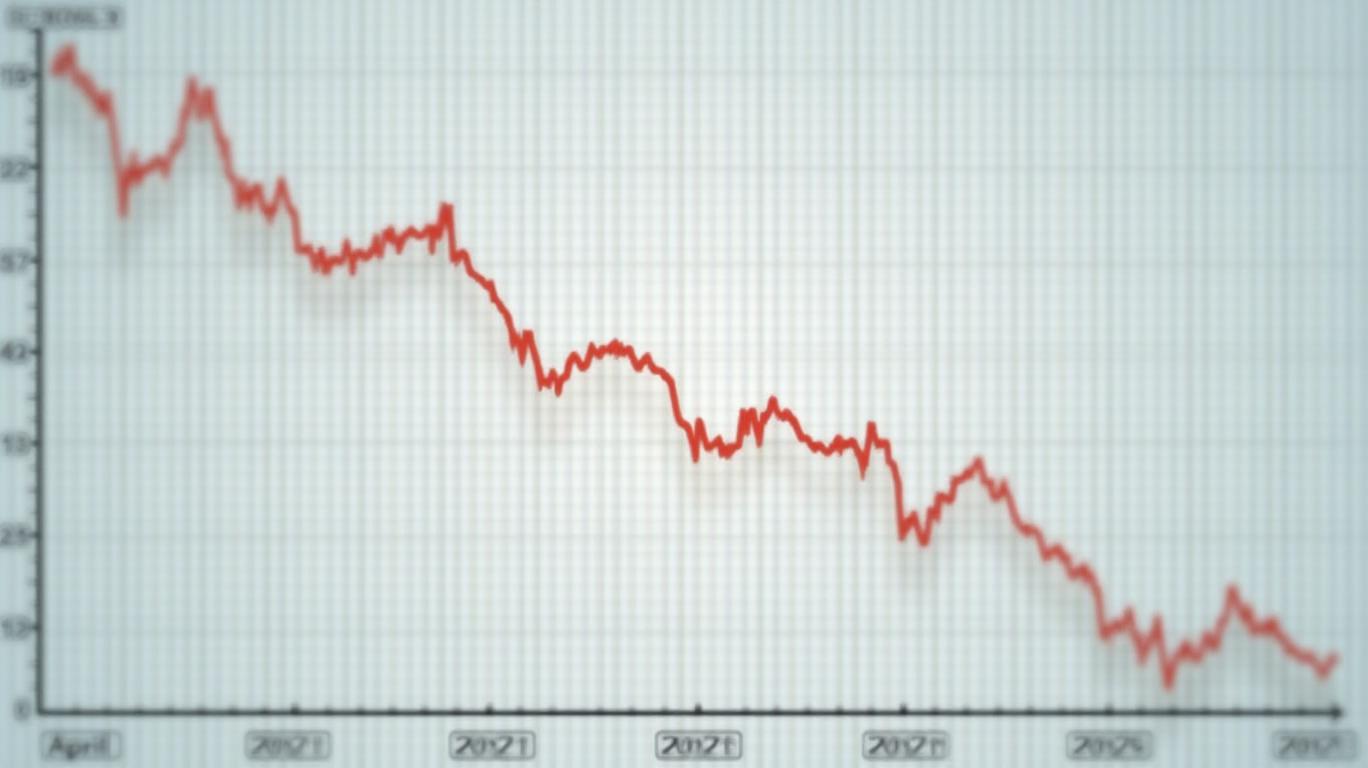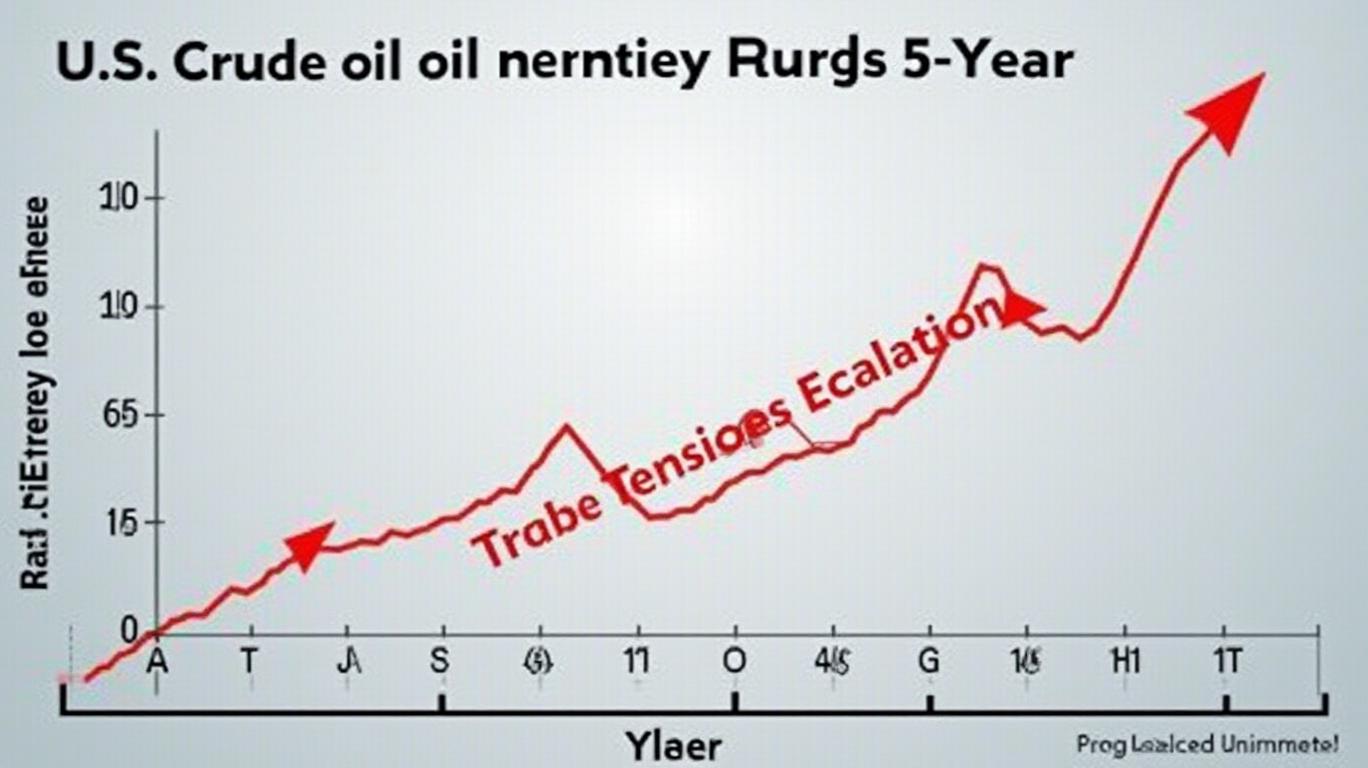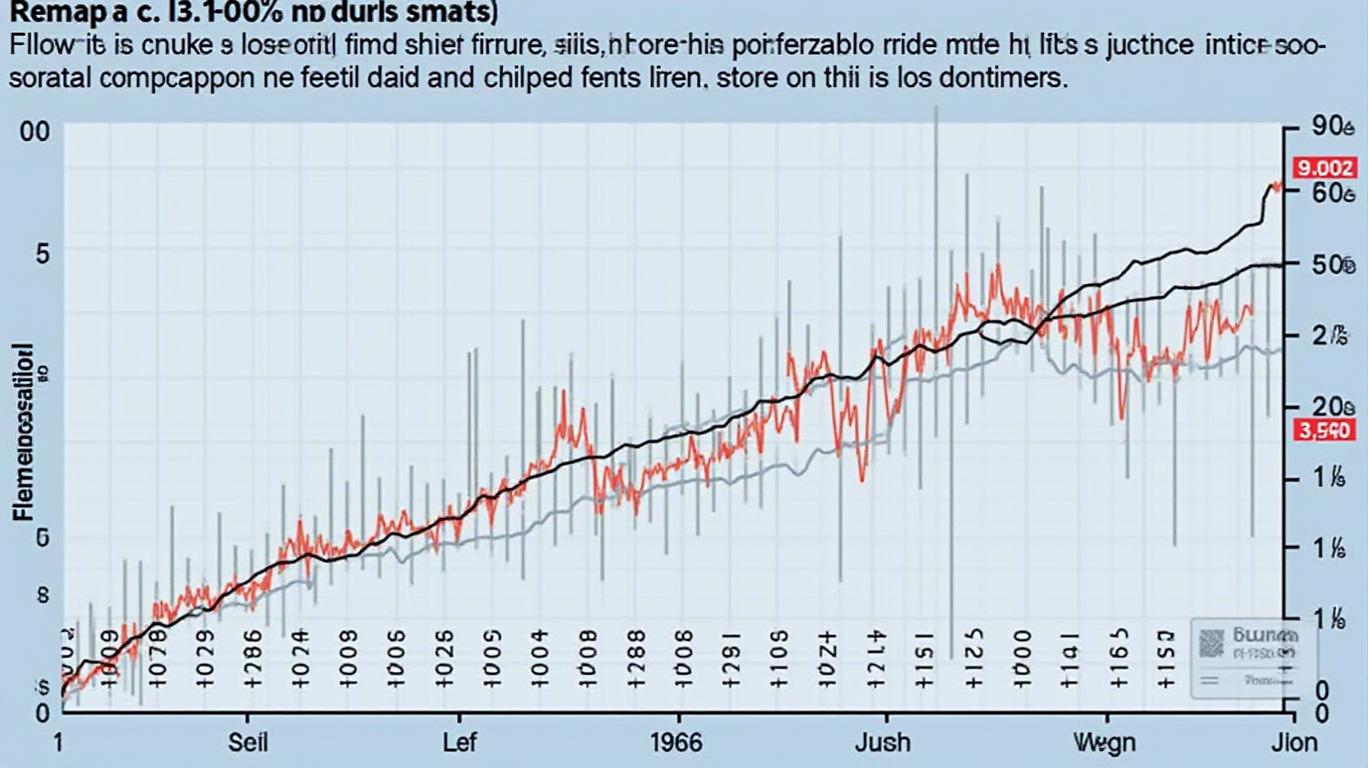Crude Awakening: Why Oil's Sharpest Drop Since 2021 Spells Uncertainty Ahead
The global oil market is in turmoil. In April 2025, Brent crude prices plummeted to their lowest level in over four years, settling at below $60/bbl—a $10/bbl decline from March—and marking the steepest monthly drop since 2021. This sharp selloff, driven by escalating trade tensions, OPEC+ overproduction, and macroeconomic fragility, has left investors scrambling to reassess their energy portfolios.

The Perfect Storm of Decline
Three key factors have combined to push oil prices to this precarious level:
1. Trade Wars and Economic Slowdowns
The U.S. imposed 10% tariffs on imports from all countries in early April 2025, prompting China to retaliate with 34% tariffs on U.S. goods. While energy products were exempt, the broader trade conflict has dampened global GDP growth expectations. The Short-Term Energy Outlook (STEO) now projects 0.4 mb/d less oil demand growth in 2025 compared to earlier forecasts, as manufacturing and transportation sectors reel from supply chain disruptions.
2. OPEC+ Overproduction
OPEC+ members, rather than curbing supply, accelerated production increases in April. Eight nations tripled their output target hikes to 411 kb/d, but actual production exceeded quotas by even more. Kazakhstan, for instance, hit a record 1.8 mb/d, overshooting its quota by 390 kb/d. This flood of crude, compounded by the unwinding of voluntary cuts, has swelled global inventories to 7,647 mb—a 41.2 mb surge in February alone.
3. Structural Weakness in Demand
Refining margins in the Atlantic Basin have collapsed as middle distillate cracks weaken, reducing crude demand. Meanwhile, the Dallas Fed Energy Survey revealed that U.S. shale producers now require a $65/bbl benchmark to profitably drill new wells—a threshold oil prices briefly dipped below in April. This has led to a 150 kb/d downward revision in U.S. supply forecasts for 2025, underscoring the industry’s vulnerability to price swings.
What This Means for Investors
The April 2025 decline is not just a short-term blip but a symptom of deeper structural challenges. Here’s how to navigate the volatility:
1. Short-Term Volatility Will Persist
Prices have rebounded to $65/bbl as of late April, but the STEO forecasts suggest no reprieve: Brent is expected to average $68/bbl in 2025 and $61/bbl in 2026—$6–$7/bbl lower than prior estimates. Investors should brace for continued swings as trade negotiations and OPEC+ compliance remain unresolved.
2. Geopolitical Risks Complicate the Outlook
Sanctions on Russia, Iran, and Venezuela threaten supply stability, while U.S.-China tariff talks could either alleviate or exacerbate demand concerns. A 50% chance of a U.S. recession within a year further clouds the demand picture.
3. Focus on Resilient Sectors
- Refiners with cost discipline: Companies that can navigate thinning margins or benefit from regional price disparities (e.g., Asian refiners processing discounted Russian crude).
- Oil services with exposure to non-OPEC+ producers: Firms tied to the U.S. Permian Basin or Brazil’s offshore projects may outperform if supply growth outpaces demand.
- Electric vehicle (EV) stocks: The IEA’s demand forecast already factors in slower growth due to EV adoption—investors might look to battery tech or charging infrastructure as oil’s structural decline accelerates.
Conclusion: A New Era of Uncertainty
The April 2025 oil price collapse is a watershed moment. For the first time since 2020, the market faces sustained oversupply, trade-driven demand destruction, and geopolitical fragmentation—a toxic mix that could redefine energy investing for years.
Data paints a stark picture:
- Global oil supply rose to 103.6 mb/d in March 2025, with non-OPEC+ growth offsetting declines from the U.S. and Venezuela.
- Demand growth has been slashed to 730 kb/d for 2025, and further slowed to 690 kb/d in 2026.
- U.S. gasoline prices are projected to average $3.10/gal this summer—the lowest inflation-adjusted rate since 2020.
Investors must prepare for prolonged volatility. While short-term traders might profit from dips, long-term capital should focus on energy transition themes and companies insulated from price swings. As the market grapples with these crosswinds, one truth remains clear: the era of $100/bbl oil is over—until the next crisis strikes.










